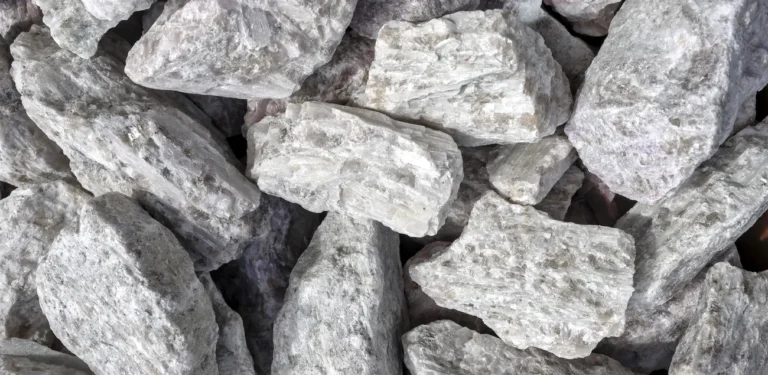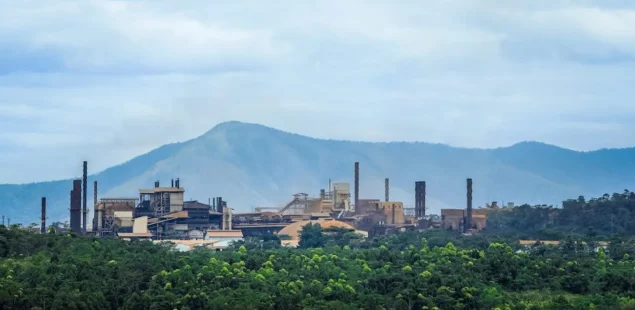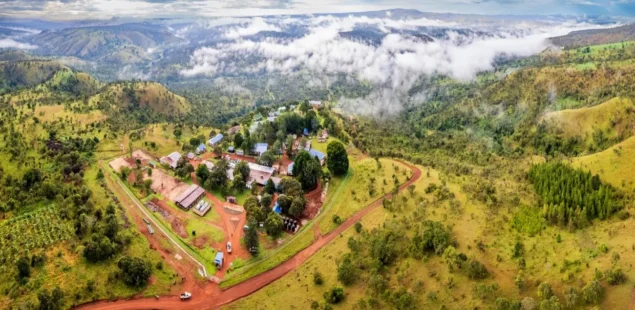
Codelco, Chile’s state copper miner, and Sernageomin, the national mining regulator, have signalled that the July 31 collapse at El Teniente likely stemmed from stresses created by ongoing extraction rather than a natural quake, as the company seeks permission to reopen parts of the world’s largest underground copper operation following six deaths and nine injuries. An internal working scenario points to mining-induced seismicity after a 4.2-magnitude event struck the new Andesita section; Codelco must first satisfy regulator demands for technical reports before any restart.
What investigators are testing
People familiar with the internal analysis say panel-caving and simultaneous activity across zones may have raised stress in the orebody, triggering a sudden failure consistent with rock-burst behaviour in deep mines. External experts share that view: CRU’s Nicolás Muñoz, who has worked on El Teniente projects, said mining-induced events can release stored energy without warning. The company has commissioned an international audit, while prosecutors and Sernageomin run parallel probes.
Safety pathway and regulatory bar
Sernageomin has imposed a formal suspension and ordered four deliverables—including a root-cause analysis, ground-support evaluation and recovery plan—before it will consider lifting the halt. Codelco has asked to reopen unaffected areas but will need to demonstrate stability across the entire underground complex, not just Andesita. The concentrator and smelter have continued intermittent maintenance cycles amid constrained ore feed.
Output risk and market impact
El Teniente produced about 356,000 t of copper last year—roughly a quarter of Codelco’s total—making the stoppage material for near-term supply. CRU estimates a one-day suspension equates to ~750 t of lost copper, or about $7.5 million of revenue at current prices. LME three-month copper hovered near $9,700/t on Aug 8; a prolonged underground halt would tighten refined balances with a lag, though initial effects may be cushioned by inventories and production from other Codelco divisions.
Industry context and parallels
Mining-induced seismicity has complicated operations at other large underground mines. In May, Ivanhoe Mines’ Kamoa-Kakula complex in the DRC reported a self-induced event that flooded workings, prompting redesigned support and staged restarts. While Kakula could stabilise with added pillars and pumping, specialists caution El Teniente’s depth—down to ~1,200 m—and the prevalence of rock-falls in Andesita may require a different suite of controls before crews return at scale.
Company Background and Market Context
Codelco operates a portfolio that includes El Teniente, Chuquicamata, Andina and Radomiro Tomic. El Teniente has more than 4,500 km of tunnels and has used panel-caving for decades; the mine’s performance is central to the firm’s plan to stabilise output after several weak years. Since the accident, Codelco has filed to restart parts of the operation and is responding to information requests from Sernageomin and labour authorities.
Copper underpins power grids, construction, electronics and EVs. Prices eased from spring highs but remain near $9,700/t on the LME. Disruptions at large Chilean mines can lift regional treatment charges and widen futures–spot spreads, but the duration of El Teniente’s halt—and findings of the audit—will determine how much risk carries into late-2025.



